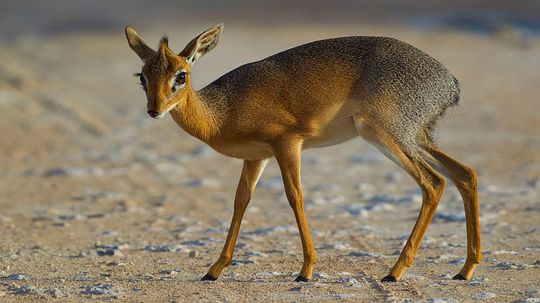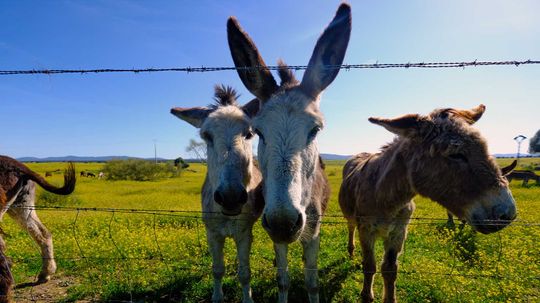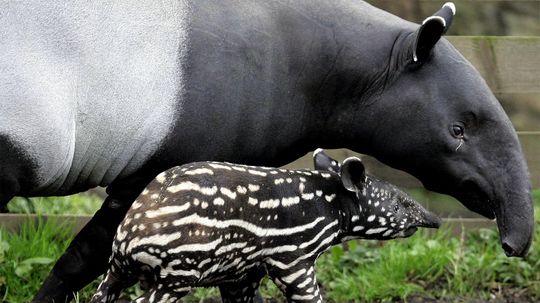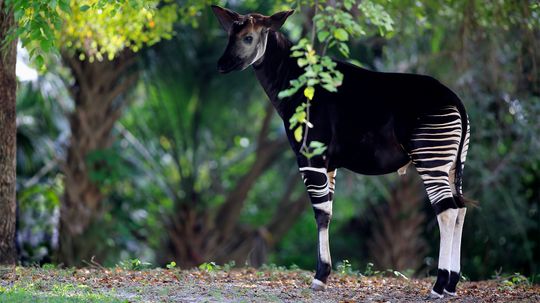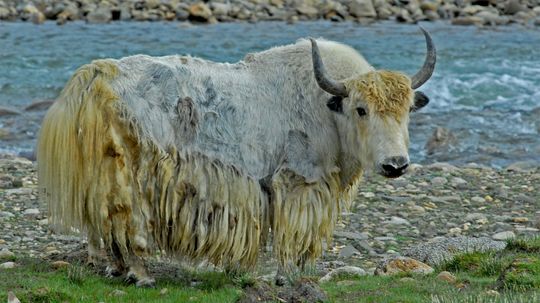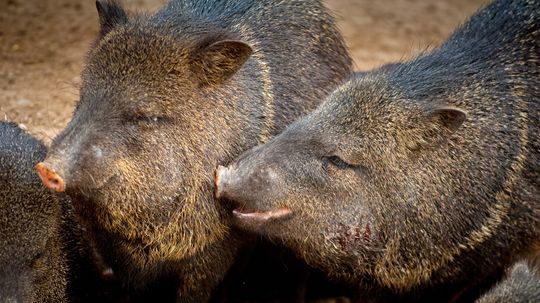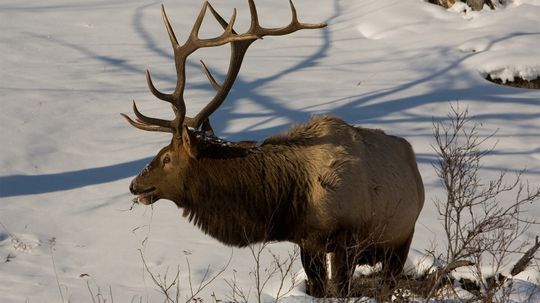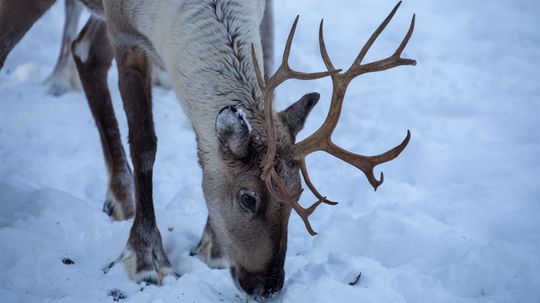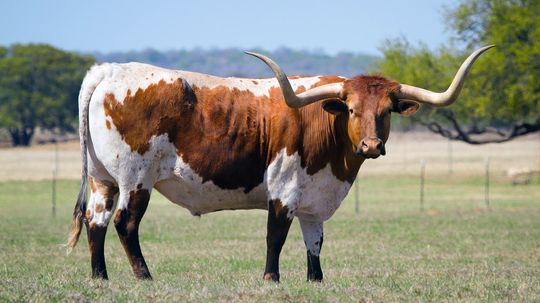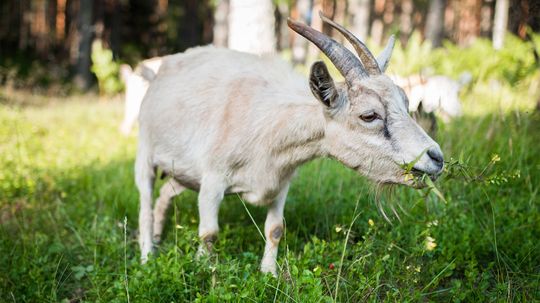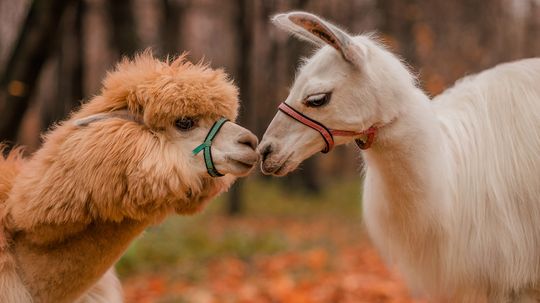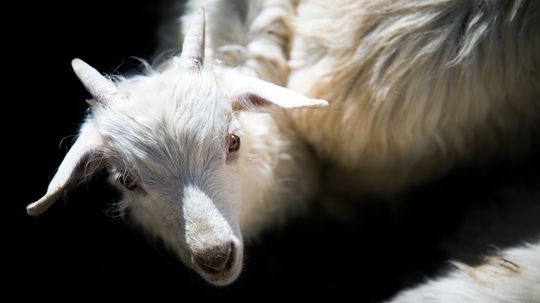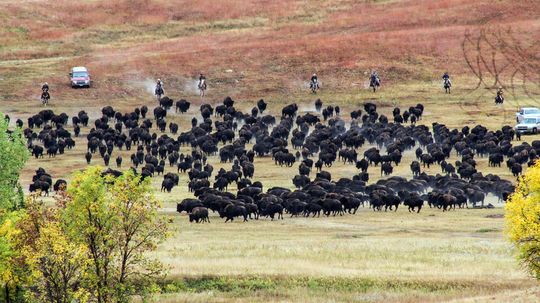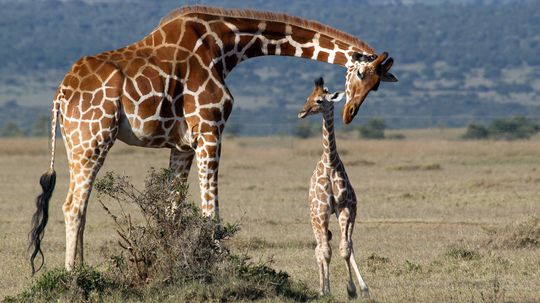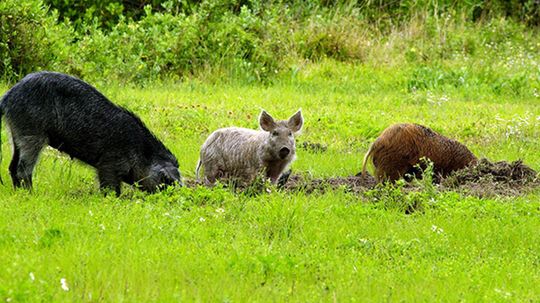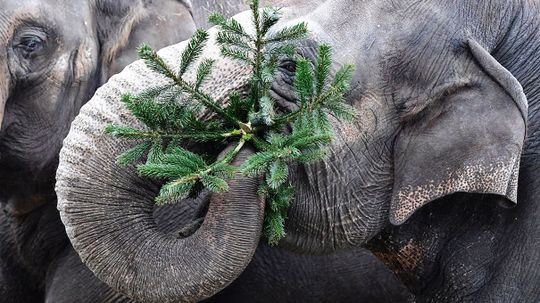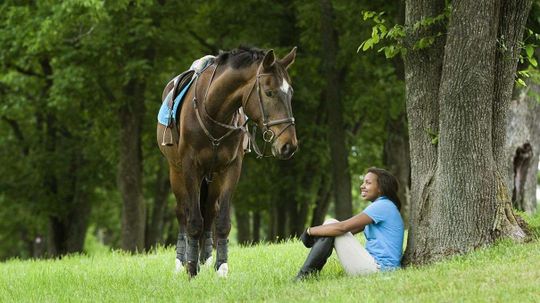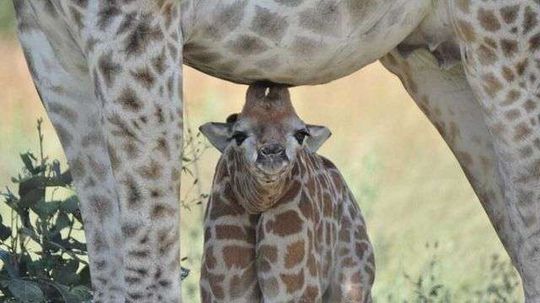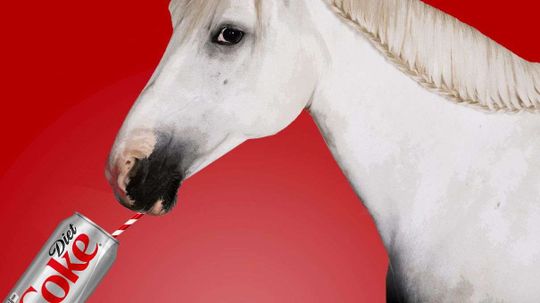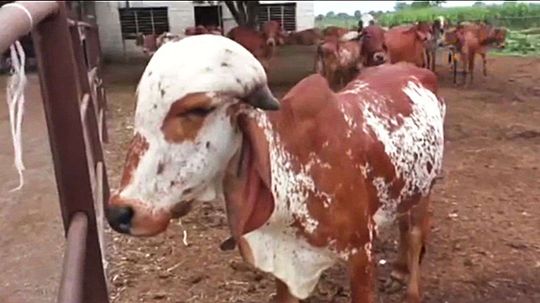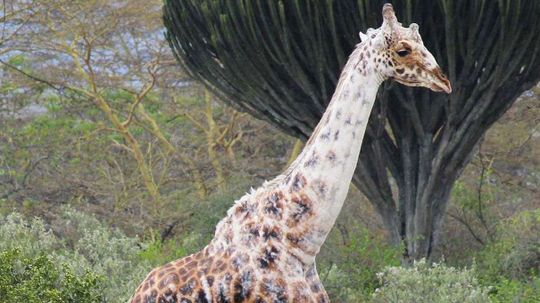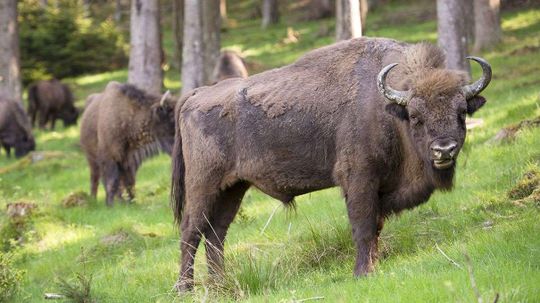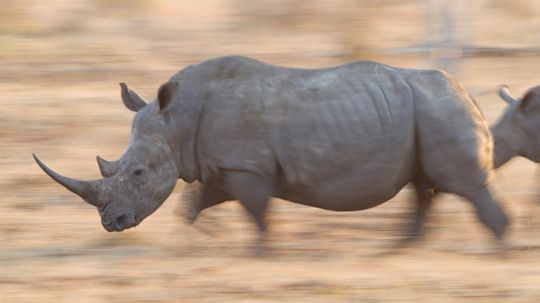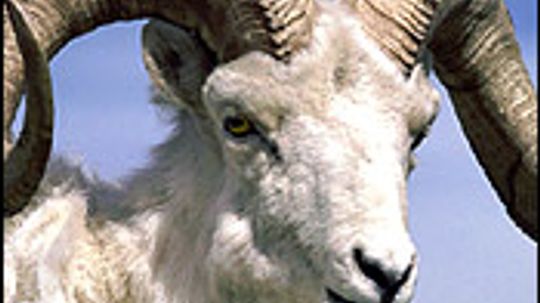Hoofed Mammals
Hoofed animals are generally herbivorious and very diverse. Learn about antelopes, cattle, deer, pigs and sheep.

What Is a Group of Whales Called? Pods, Gams, Herds (but Not Schools)

How Often Do Whales Come Up for Air?
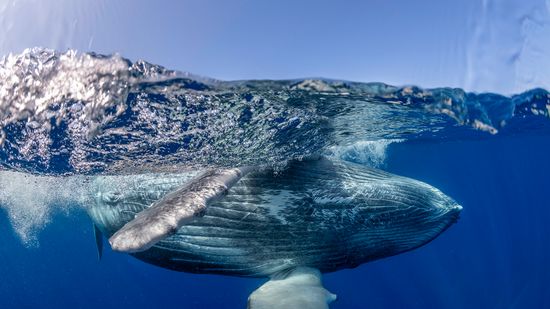
How Do Whales Sleep? They're Always Half Awake (Literally)

The Largest Bat in the World Has a Wingspan Over 5 Feet
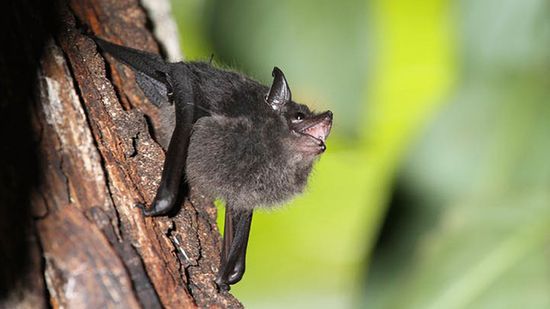
Baby Bats Babble With Moms, Hinting at Human Language Development
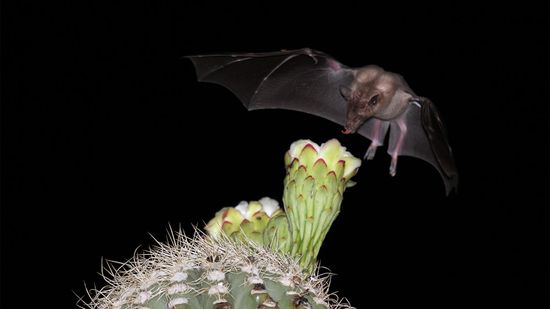
Fruit Bats Are the Best Pollinators (and Suppliers of Tequila)

What Is a Group of Pandas Called? We're Blushing

What Do Pandas Eat (Other Than Bamboo)?
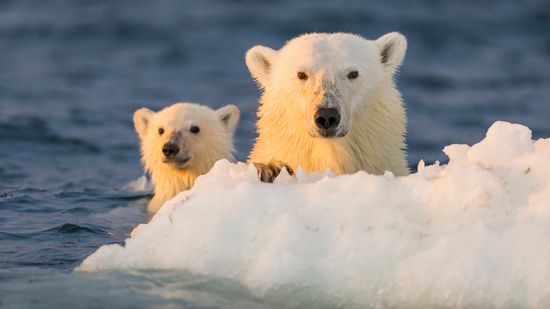
Polar Bear vs. Grizzly Bear: Which Bear Is Bigger and Tougher?
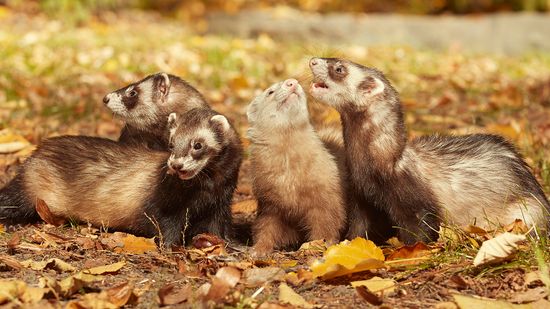
What Is a Group of Ferrets Called? You're Such a Busybody
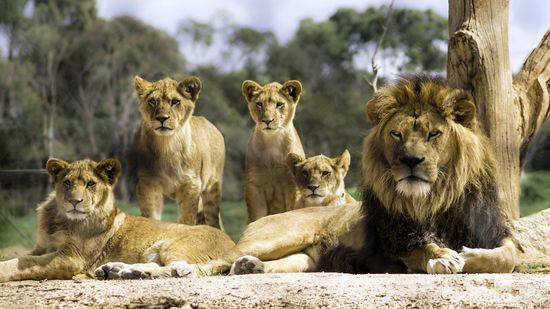
What Is a Group of Lions Called? 'Pride Rock' Makes So Much Sense Now
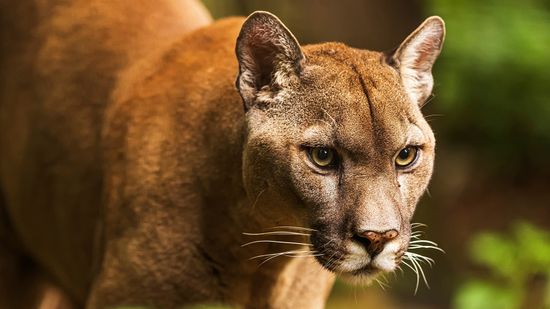
Panther vs. Cougar: Different Names for the Same Cat
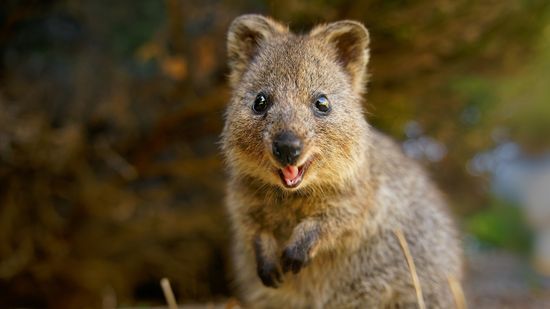
The Happiest Animal on Earth Is the Quokka
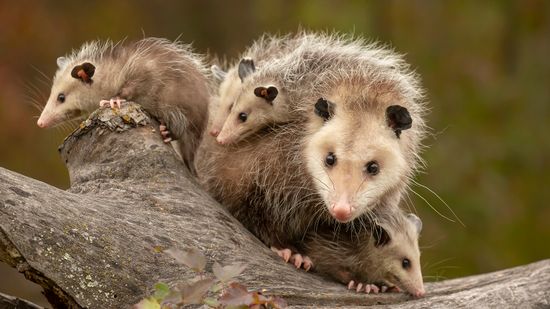
What Do Possums Eat? Most Things, It Turns Out
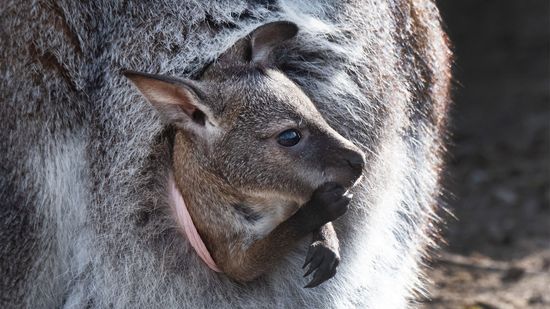
What's It Like Inside a Kangaroo's Pouch?

10 'Ugliest' Monkey Species: Unconventional Beauty in Primates

The Tiny Finger Monkey Gets Lonely Without Its Family
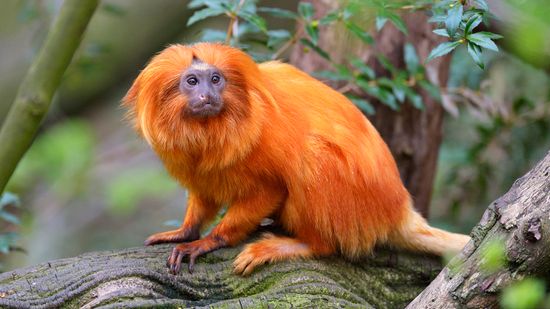
15 Types of Monkeys Climbing Trees All Around the World
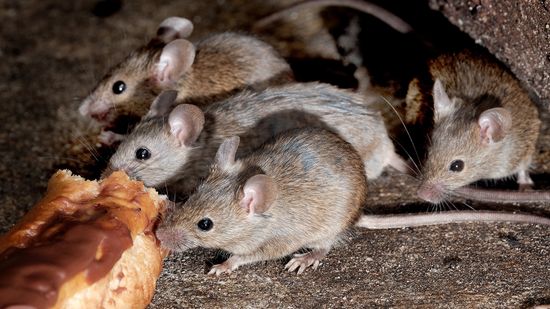
What Is a Group of Mice Called? Not Always a Colony
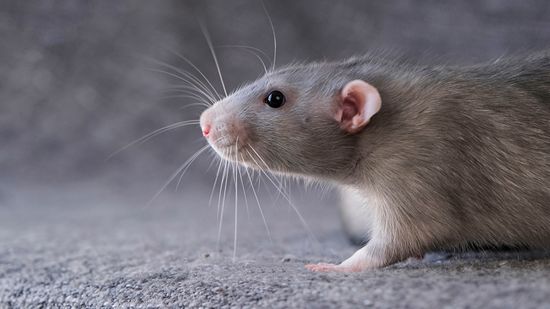
Rat Poop vs. Mouse Poop: Important Differences for Pest Control
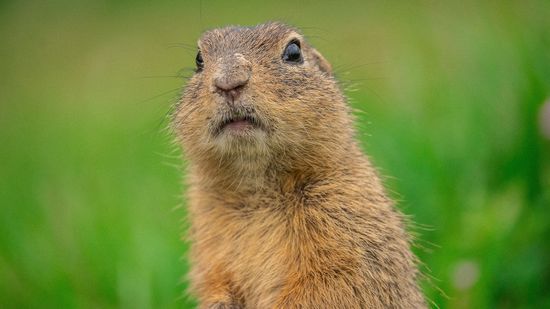
Groundhog vs. Gopher Habits and Identification
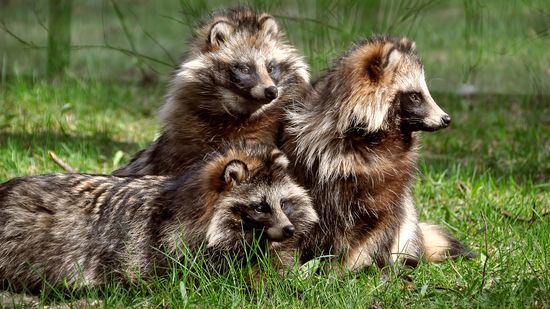
How Can Tanuki Be Both Real and Mythological?
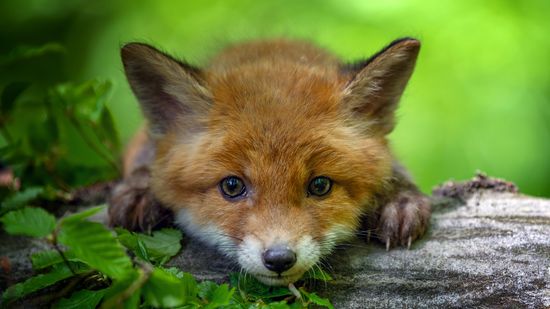
What Is a Baby Fox Called? Kit vs. Cub vs. Pup
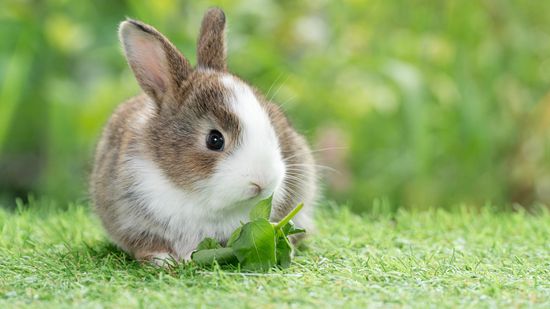
Hare vs. Rabbit Differences: Ears, Speed, and Social Behavior
Learn More / Page 2
The name dik-dik comes from the repetitive 'dik' sound the tiny female dik-dik makes when she feels threatened.
Are these strong and dependable animals all the same? If so, why the different names? If not, what makes them different?
The protection of these strange looking, ancient animals, and creatures like them, may be a key component in helping a planet in climate catastrophe.
Advertisement
The okapi may look like a zebra-horse combo, but its closest relative is the giraffe. Here are nine fascinating facts about this curious creature.
By Wendy Bowman
While yaks share the bovine family tree with cows, they're a different species altogether. And, unlike cow dung, yak poop doesn't stink.
By Katie Carman
Known in some circles as a 'musk hog' or 'skunk pig,' the javelina's good looks may be in the eye of the beholder, but there's a lot more to this beauty than meets the eye.
By Wendy Bowman
Elk are some of the most majestic animals in the world, but also some of the most aggressive. Here's what you need to know about the territorial elk.
Advertisement
Reindeer are, of course, best known for their main gig om Christmas Eve every year, but there's more to them than just their flying and sleigh pulling prowess.
These impressive and intimidating animals have an illustrious past that helped them wend their way through America and settle in the heartland of the South.
By Mark Mancini
Clearing land with goats rather than machinery is eco-friendly, effective and adorable.
Llamas and alpacas are very similar animals, but the differences in personality are striking.
Advertisement
Your favorite cashmere sweater is super-soft and luxurious. It probably cost you an arm and leg, too. Here's why.
By Jamie Allen
The annual bison roundup in South Dakota's Custer State Park is a spectacle full of cowboys, horses and of course wild buffalo, all set against the backdrop of the rolling Black Hills. It's also about as Americana as you can get.
By John Donovan
A new study found that those spot patterns are not only inherited from mom, they help camouflage baby giraffes in the wild.
Rhino herds defecate in giant, shared dung piles called midden, then they stick their noses in the stuff. Here's why.
Advertisement
The feral pig population in the U.S. is a growing issue in nearly 40 states. The USDA hopes to wipe out the billion-dollar problem within a decade.
Zookeepers in Europe feed their elephants surplus holiday foliage, giving the animals a treat they both eat and play with.
In research that showed intentional expressions of desire, horses have been added to the short list of animals that can use symbols to communicate with humans.
Can you tell one species of giraffe from the next? We've got some pics to help you out.
Advertisement
For some horses and ponies, Diet Coke can be a literal lifesaver.
Talk about filthy lucre! Trace amounts of the precious metal turned up when scientists looked into bovine bathroom business.
Late-stage albinism? Disastrous paint spill? Marty McFly in giraffe form? Maybe the African mammal just has something in common with Michael Jackson.
Groups of European bison make movement and grazing decisions by popular vote, choosing to follow or ignore potential leaders' suggestions.
Advertisement
Afraid your formerly humble bonfire has grown a little out of control? Never fear: Your trusty rhinoceros firefighters brigade should be along to stomp it out at any moment. At least, that's the legend. But is there any truth to it?
Named after U.S. zoologist W.H. Dall, dall Sheep is an agile creature is also called the white sheep.
